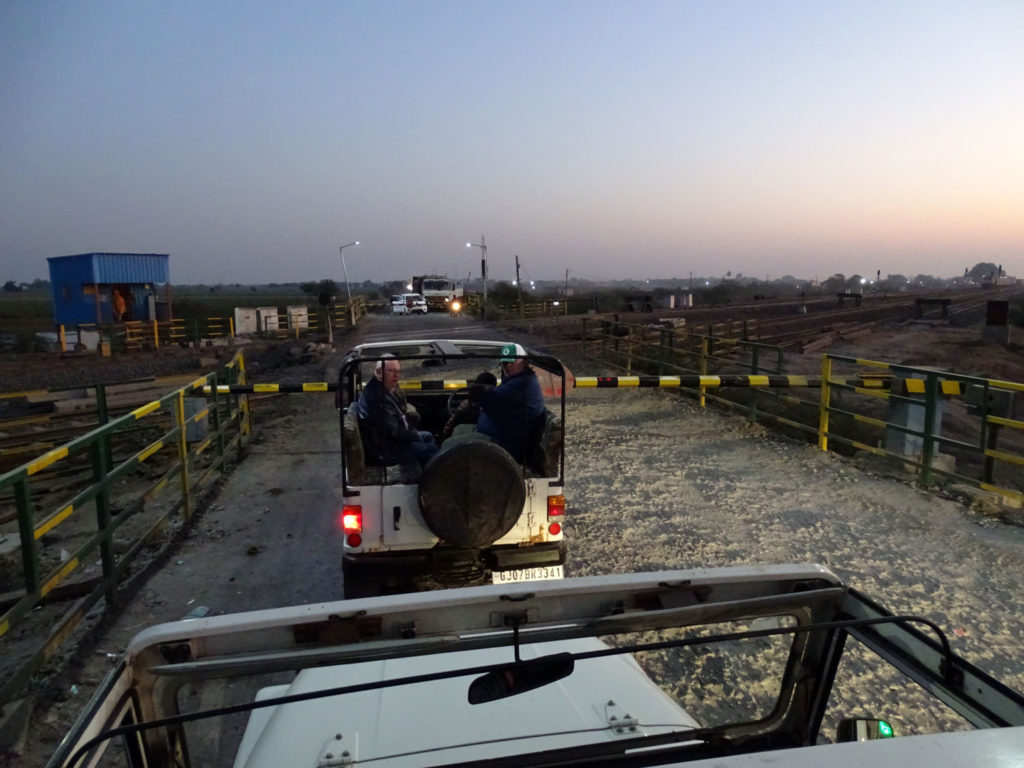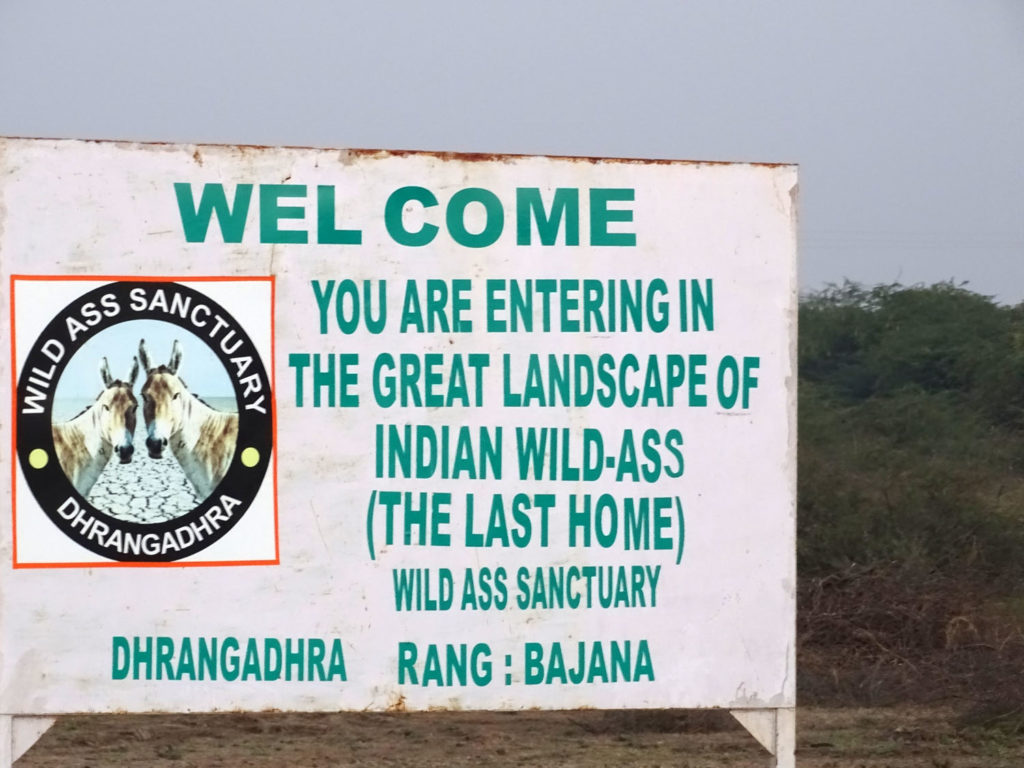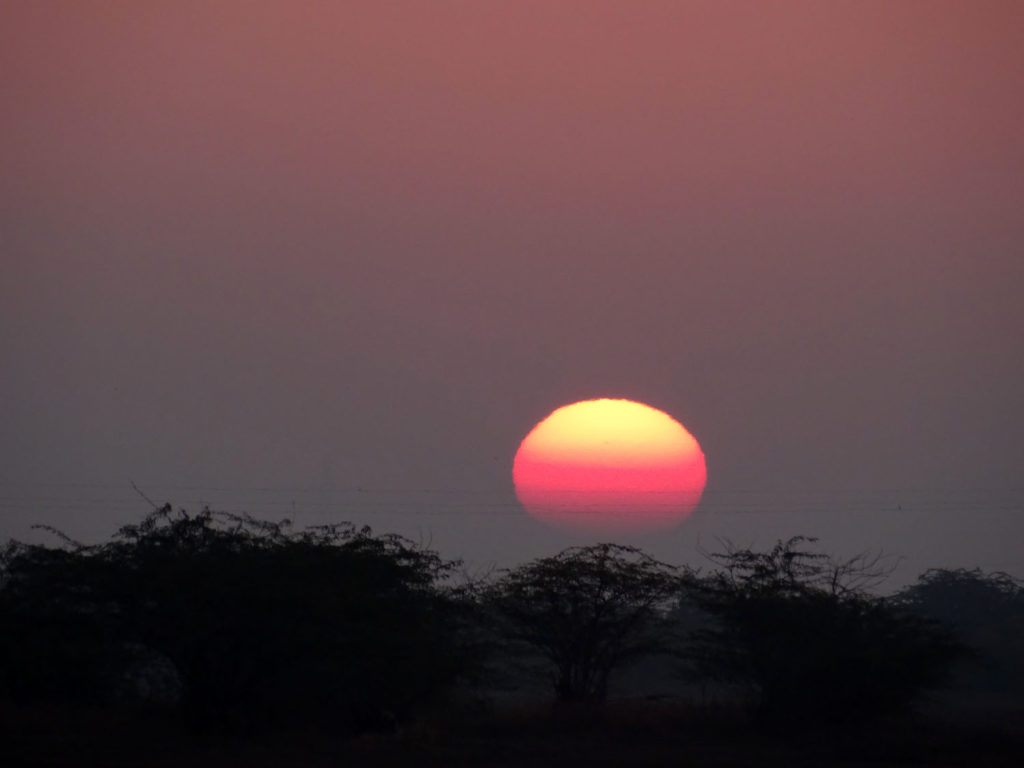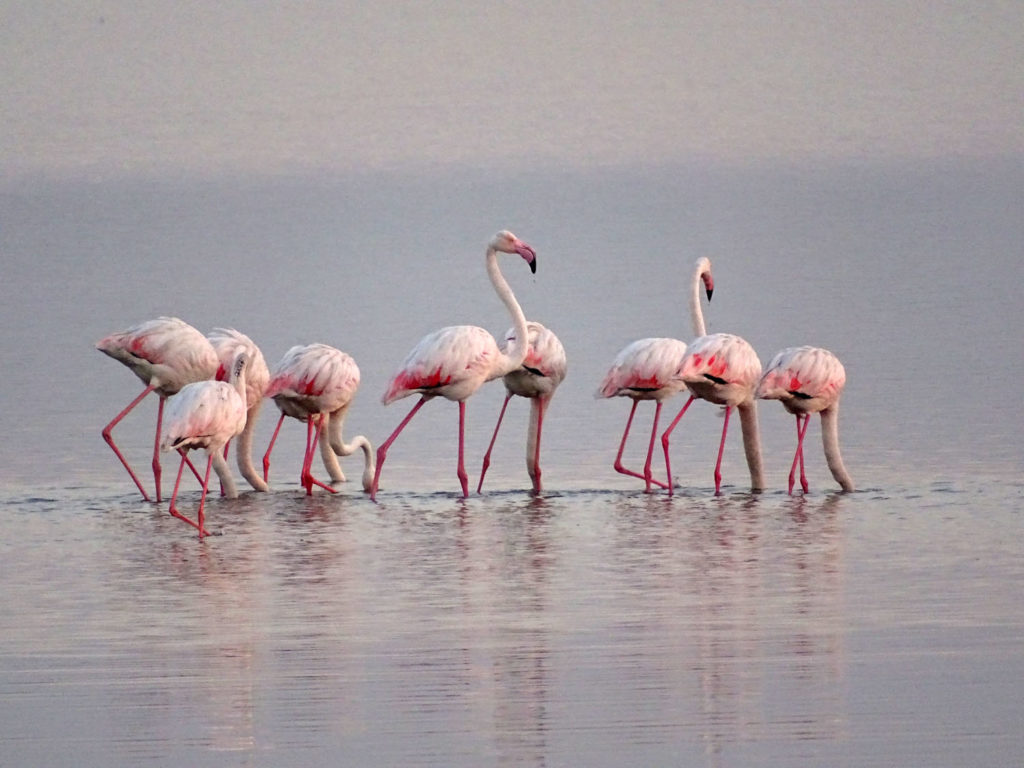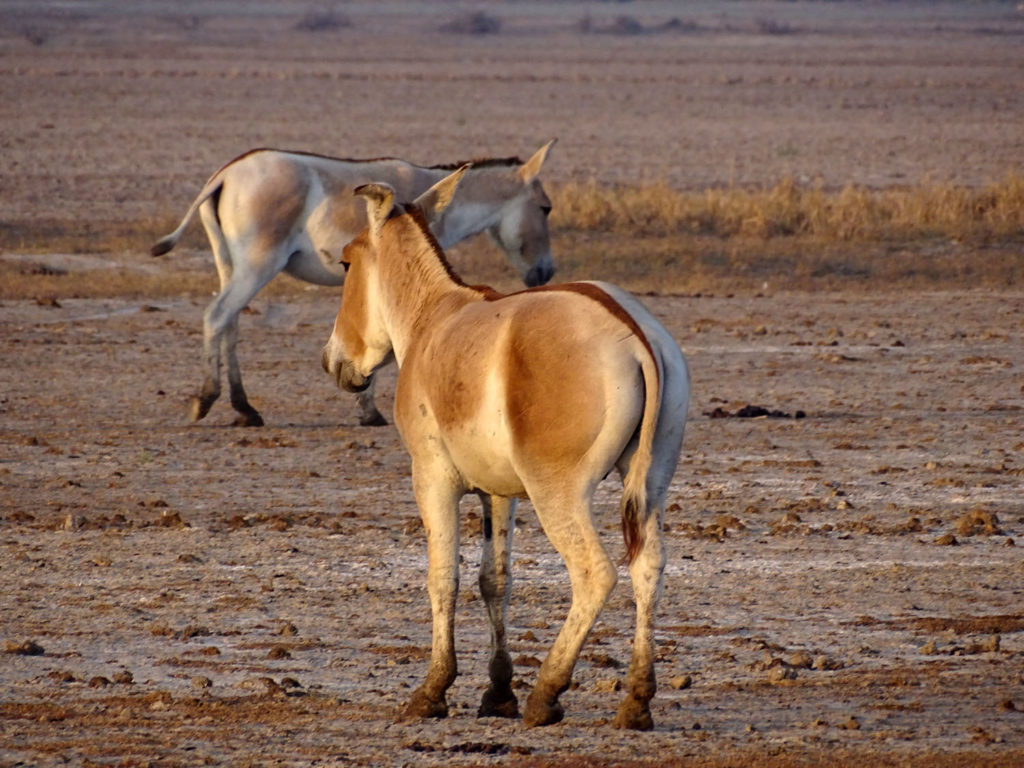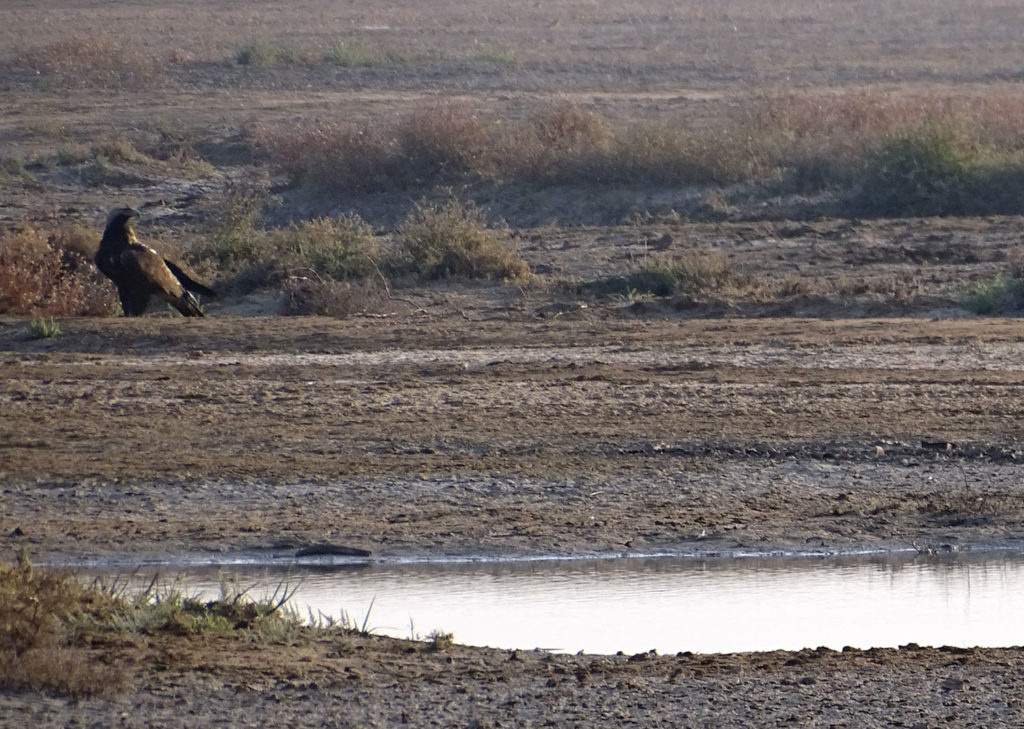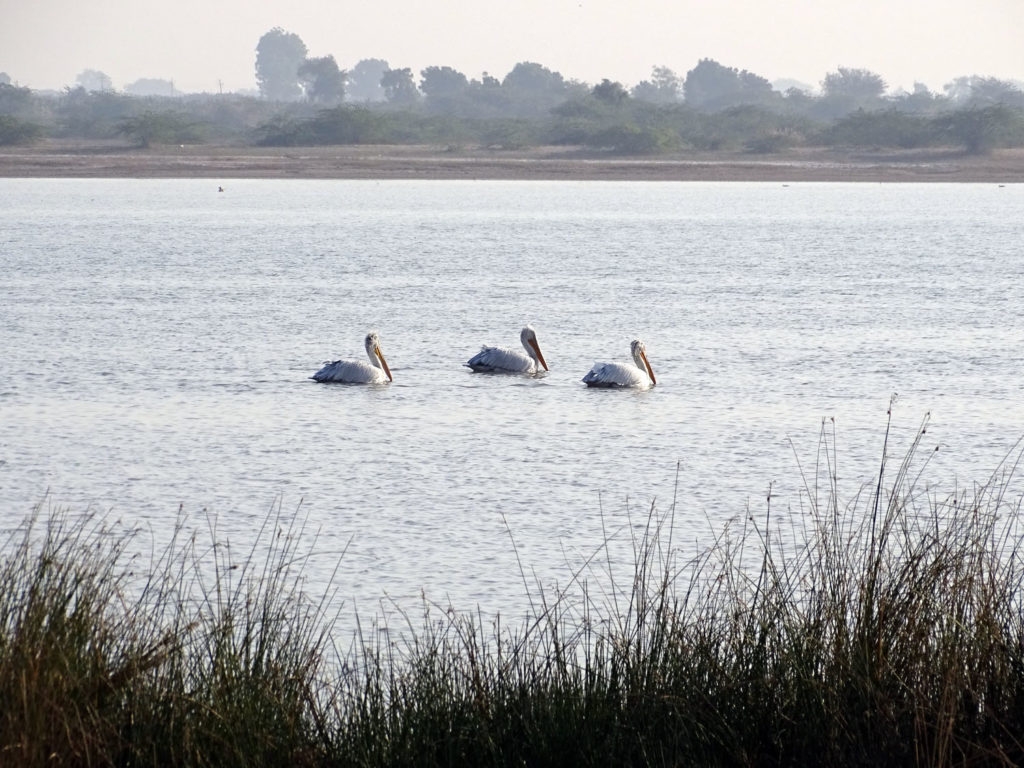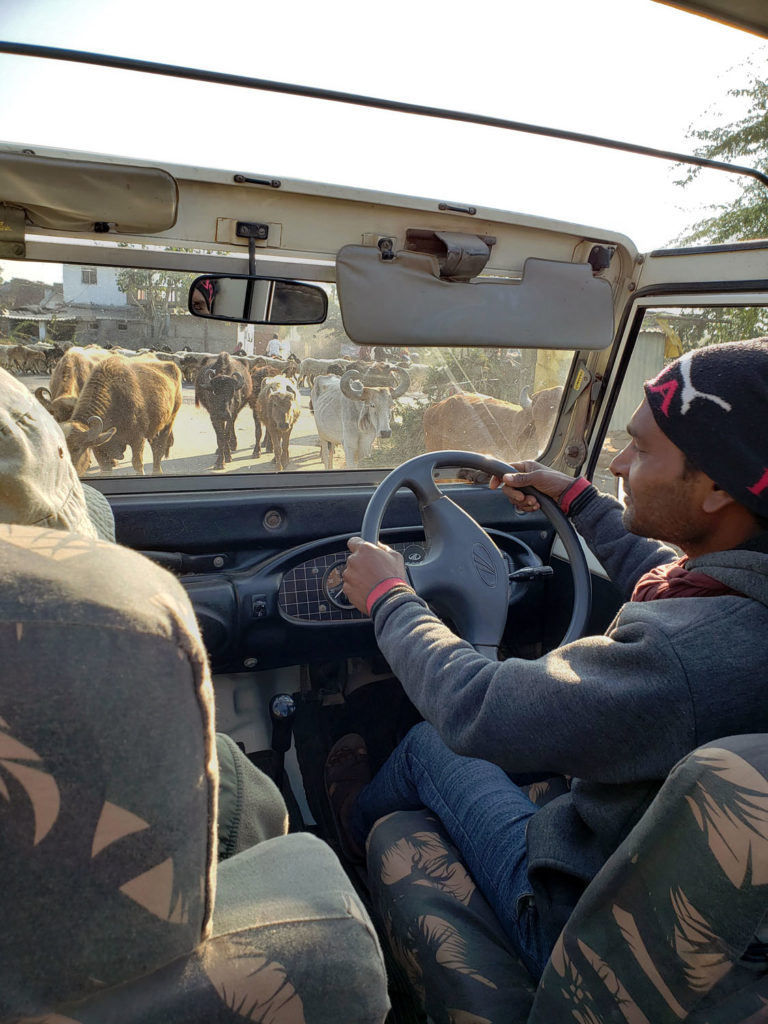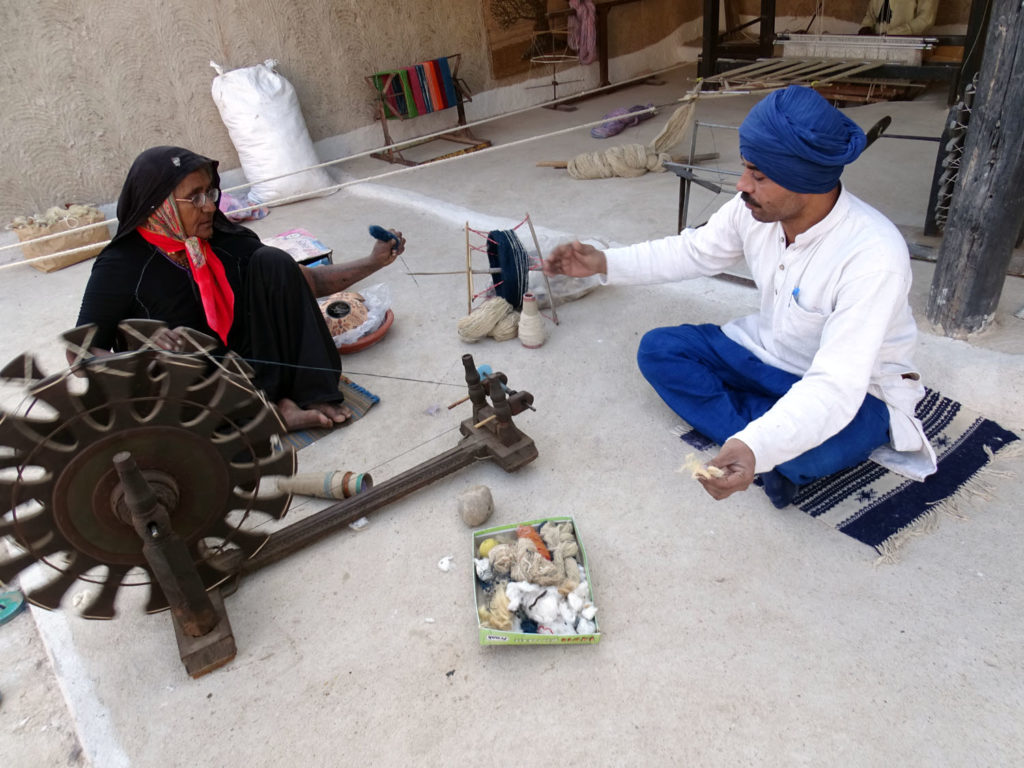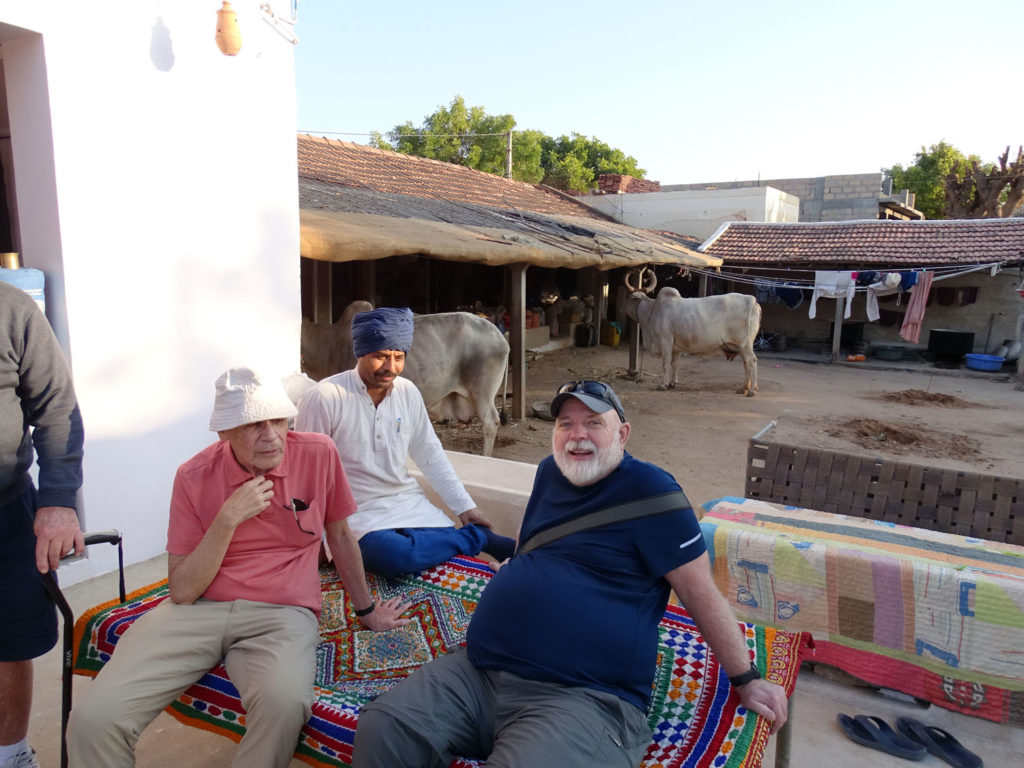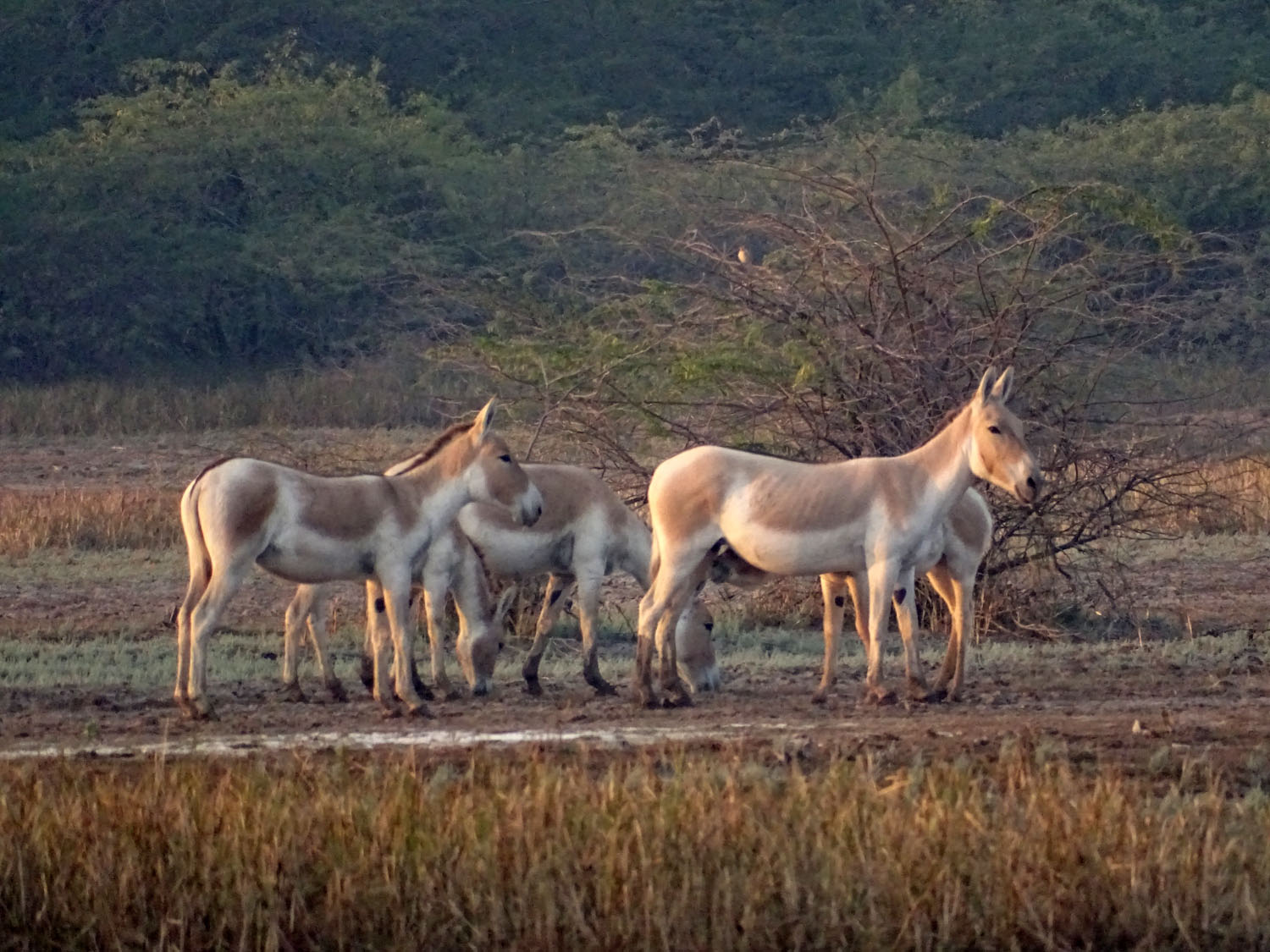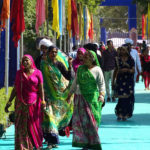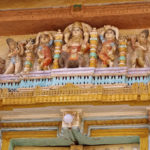January 22, 2020 : In Search of Asiatic Wild Ass
We rise before the sun this morning to take a safari into a place known by the exotic name “The Little Rann of Kutch.” It is not to be confused with the Great Rann of Kutch which we will visit in a few days. The Little Rann (or Desert) is a salt marsh which has become famous as the last refuge for the endangered Asiatic Wild Ass. It might not qualify as the most fascinating landscape in the world, but it contains a rich biodiversity of wildlife that make the trip here worthwhile. Here are a few of my best snaps.
